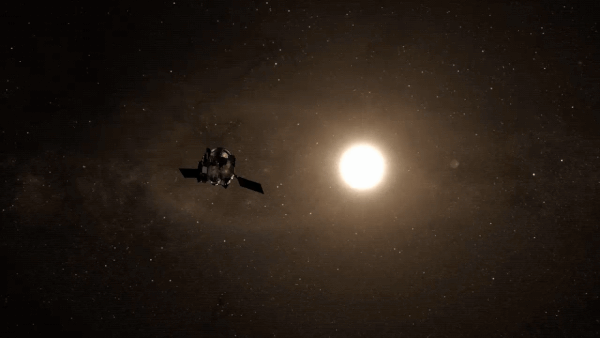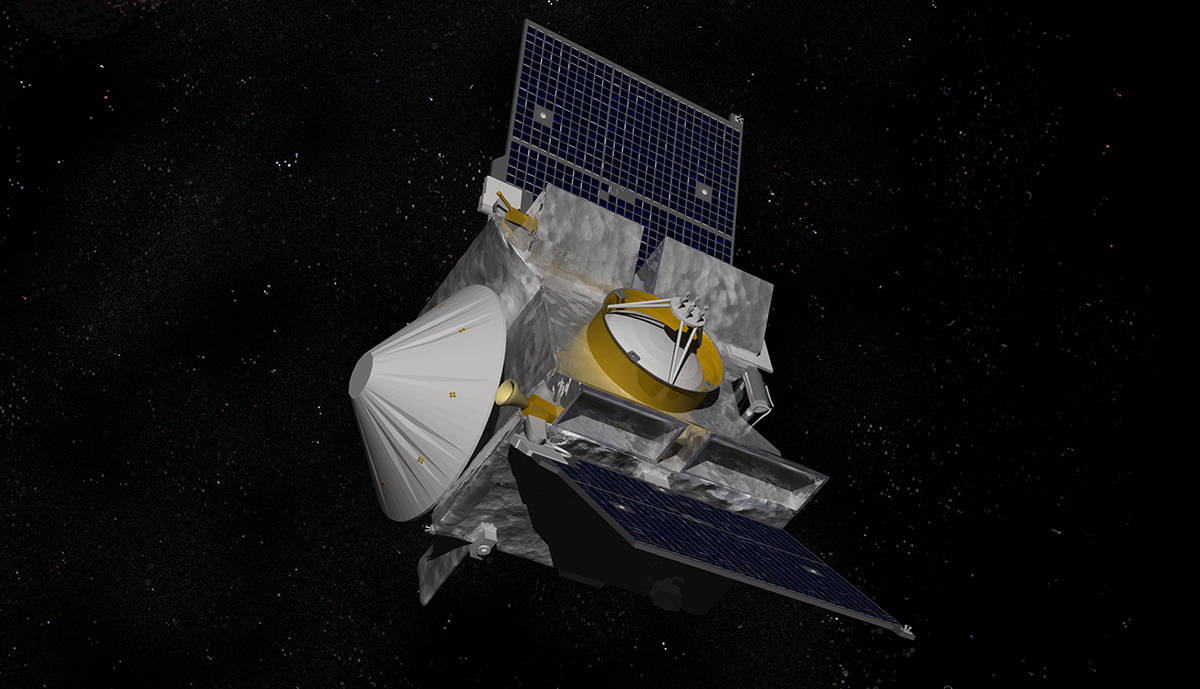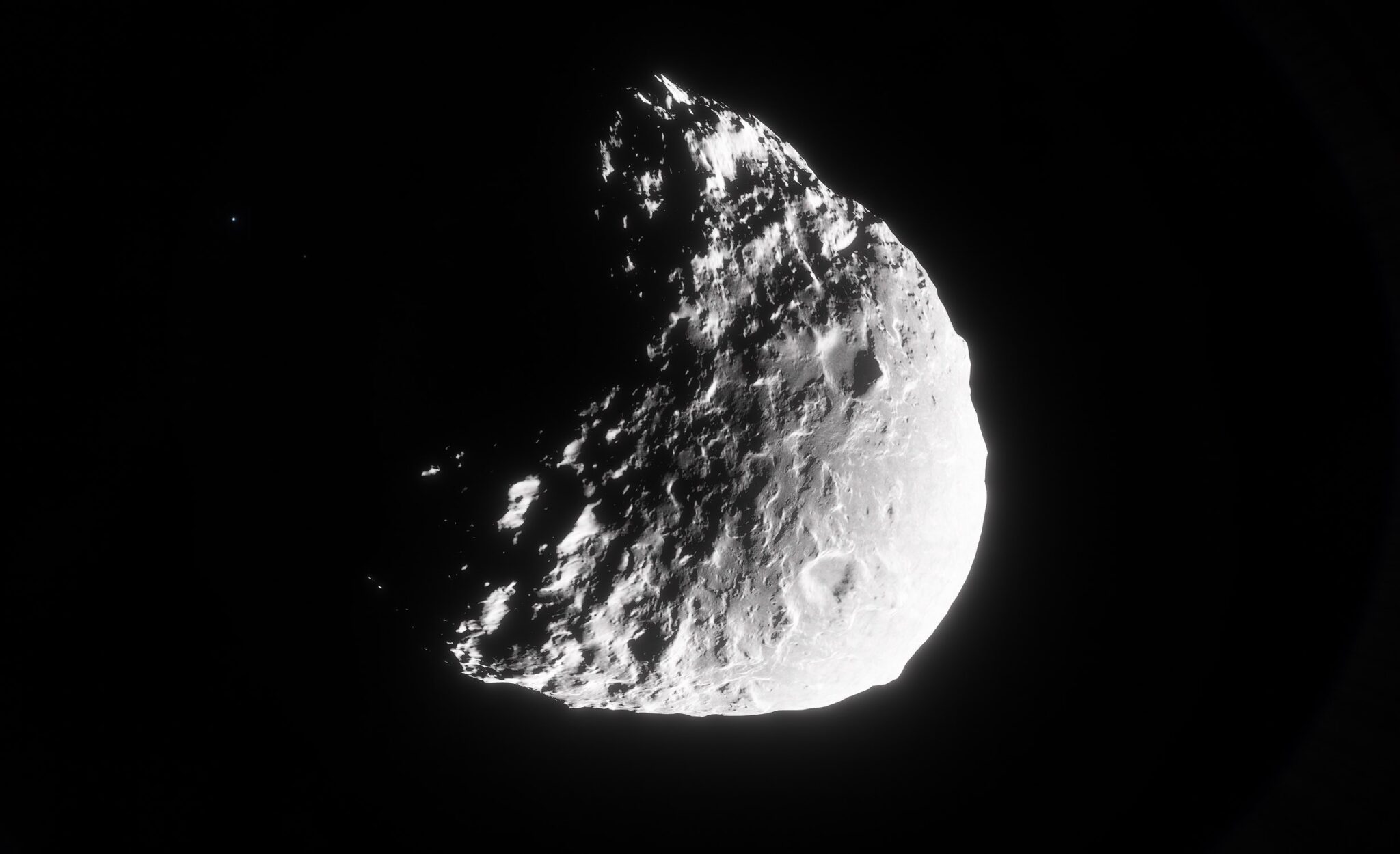After a two-month break, the OSIRIS-APEX spacecraft came out of hibernation mode. The probe was put into “hibernation” mode starting in December last year, when it approached the Sun 40.2 million kilometers closer than planned. This gravitational maneuver was performed to meet the asteroid Apophis. Now the spacecraft is back to work.

On January 2, 2024, OSIRIS-APEX made the first of seven planned approaches (perihelion) to the Sun before a planned mission to an asteroid in 2029. For the past two months, the spacecraft had been in hibernation mode when space agency engineers had to cover one of the two solar panels to protect sensitive instruments from overheating. This limited its functionality and the ability to communicate with the Earth. Now, according to NASA, enough information has been received to understand that the spacecraft is functioning properly, although a full assessment of its condition will take several months.

After passing perihelion on January 2, the spacecraft began to rapidly move away from the Sun. Earlier this month, it reached a distance of 96 million kilometers, quite enough to avoid overheating instruments from solar activity. Then the solar panel returned to its previous position to resume energy generation.
It is not yet known whether the intense solar activity has damaged part of the surface of the spacecraft or its components, which may affect its functionality in the future. Computer simulations conducted before perihelion suggested that the restored solar panel would protect the spacecraft from overheating. However, there is a risk when removing equipment beyond the design criteria, said Dani Mendoza DellaGiustina, chief researcher of the mission.
The second approach of the spacecraft to the Sun is scheduled for September 1, 2024.

The OSIRIS-APEX spacecraft began its journey as part of the OSIRIS-REx mission aimed at collecting samples from the asteroid Bennu. The OSIRIS-REx mission was a success, because the spacecraft collected twice as much material as planned. Scientists continue to study it to understand the formation of our Solar System. Since the spacecraft has enough fuel left after the mission to Bennu, it has been sent on a long journey to the asteroid Apophis, which it plans to reach in April 2029.
The world’s media had previously labeled this asteroid as potentially dangerous to Earth. However, NASA believes that Apophis poses no threat to the existence of mankind, at least for the next hundred years.
Earlier, we reported on how the Bennu samples from OSIRIS-REx turned out to be the embryo of an ancient planet with an ocean of liquid water.
According to space.com
Follow us on Twitter to get the most interesting space news in time
https://twitter.comne/ust_magazine


